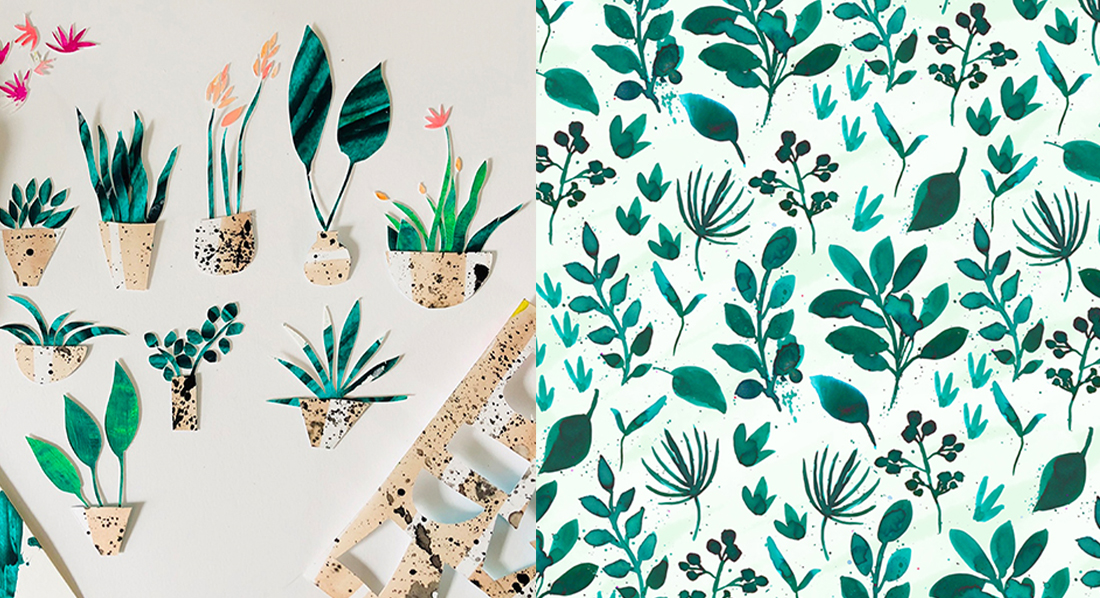Textile design is a creative and technical process that intersects both art and function. It involves the crafting of patterns and textures that can turn simple threads or yarn into functional fabric used across various industries, including fashion, home decor, and industrial applications. From the intricate motifs of traditional weaves to the cutting-edge digital designs of today, textile design has evolved significantly, reflecting changes in technology, culture, and consumer preferences.
Historically, textile design has played a pivotal role in human civilization. As early as 5000 BC, people began weaving cloth, utilizing their surroundings to create clothing and items for daily use. This foundational skill laid the groundwork for the advanced textile arts we see today. In fact, textile design, also known as textile geometry, is the creative process by which fibers are interlaced to form fabric, incorporating various techniques and tools to achieve desired textures and visual effects.

Kazakh rug chain stitch embroidery.
Source: Wikipedia
Modern textile design encompasses a vast array of styles and techniques. Designers draw inspiration from cultural heritage, nature, architecture, and contemporary art movements. The result is a rich tapestry of styles that caters to a wide audience. Among the specific types of design are woven textiles, printed textiles, and knitted textiles, each requiring unique approaches and skill sets.
One of the most compelling aspects of textile design is its adaptability. With advancements in technology, digital tools have revolutionized the industry, allowing designers to create intricate patterns and prints that were once time-consuming or impossible to realize by hand. Software such as Adobe Textile Designer enables designers to experiment with patterns digitally before they are finalized for production. This shift not only increased efficiency but also opened up new realms of creativity.

Digital textile design creating wearable art.
Source: GoVisually
The role of a textile designer today is multifaceted. Traditional skills of weaving and dyeing are still paramount, but designers also delve into marketing, trend forecasting, and sustainable practices. Modern consumers are increasingly aware of the environmental impact of their purchases, pushing designers to innovate by using eco-friendly materials and ethical production methods. This focus on sustainability is reshaping the industry, prompting a renaissance in traditional techniques alongside modern advancements.
Education and training in textile design often involve a combination of hands-on experience and academic study. Institutions such as the Fashion Institute of Technology offer specialized courses that combine practical skills with theoretical knowledge, preparing future designers for the dynamic industry landscape.

Textile and Surface Design from FIT.
Source: Fashion Institute of Technology
A key player in the textile design field is the textile artist, who approaches design as a form of expression. These artists often experiment with various textiles, colors, and techniques to create original pieces for both artistic display and functional use. Their work can highlight cultural narratives, ecological issues, or aesthetic pursuits, providing depth and storytelling through fabric.
Additionally, the rise of social media platforms has transformed how textile designers promote their work. Instagram, for instance, has become a vital space for designers to showcase portfolios, engage with audiences, and network with industry professionals. This exposure can significantly influence trends and market dynamics.

Famous Textile Designers.
Source: Lauren Lesley Studio
As we look to the future in textile design, emerging technologies such as 3D printing and advancements in sustainable materials promise to reshape the field further. The intersection of technology and textile design is expanding the boundaries of creativity, allowing for more diversified expressions and unique products tailored for an environmentally conscious market.
In conclusion, textile design is a vibrant field that melds tradition with innovation. Designers today are tasked not only with creating beautiful fabrics but also with addressing global challenges—from sustainability to technological integration. This journey from concept to creation not only yields functional items but also encapsulates the rich narrative of culture, identity, and craftsmanship.